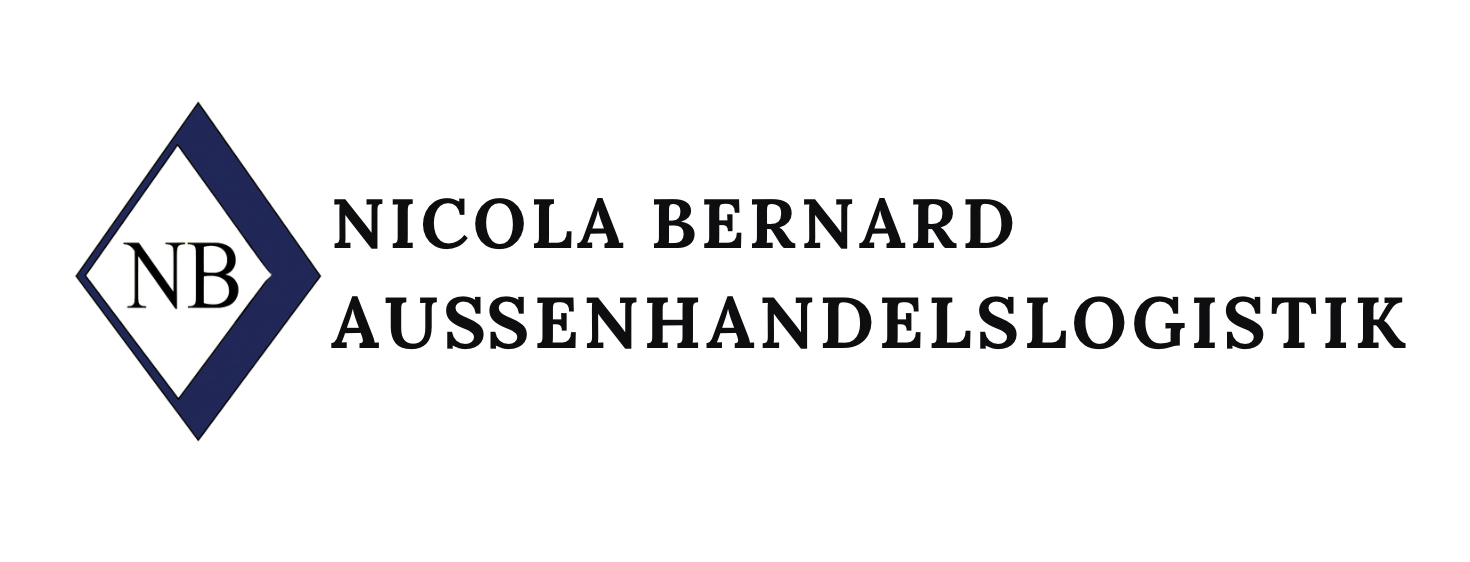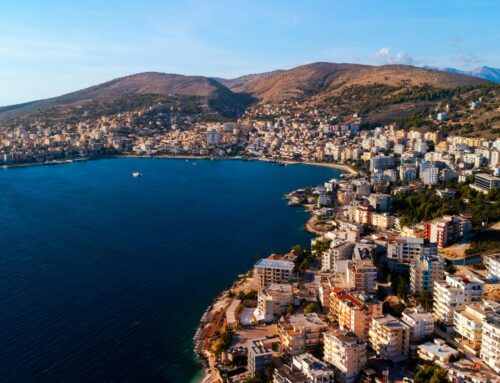On 24 February 2025, the Council of the European Union adopted the 16th sanctions package against Russia, which primarily affects the military and economic sectors. It was introduced three years after the start of Russia’s large-scale invasion of Ukraine and is intended to further increase the pressure on the Kremlin. The aim is to further weaken Russia’s ability to wage war and to intensify support for Ukraine.
Listed persons and organizations
The new package includes 83 new designations – 48 individuals and 35 organizations. These actors are held responsible for actions that jeopardize or undermine Ukraine’s territorial integrity, sovereignty and independence. Two new criteria have also been introduced to sanction individuals and organizations linked to Russia’s so-called shadow fleet or supporting the military-industrial complex.
Shadow fleet and shipping
Another important point is the expansion of the list of ships involved in Russia’s shadow fleet. These ships, often from third countries, help to circumvent the oil price cap and support the Russian energy sector. A total of 153 ships have now been added to the list affected by sanctions, including ships carrying military equipment or stolen Ukrainian grain.
Finance and Banking
A striking new element is the ban on transactions by credit institutions outside Russia that use the SPFS system (System for the Transmission of Financial Messages of the Russian Central Bank). This system was developed to counteract international sanctions. In addition, 13 regionally significant banks from the Russian financial sector were included in the sanctions regime.
Extended trade and export restrictions
With the expansion of the sanctions package to include 53 organizations that support the Russian military-industrial complex, export restrictions on dual-use goods and technologies have been further tightened. This primarily affects technological products that could contribute to Russia’s military strength, such as software for unmanned aerial vehicles, chemicals and CNC machines. Chemical precursors used in the production of irritants are now also on the list.
Media and propaganda
Another important point is the decision to revoke the broadcasting license of eight Russian media companies in the EU. These media are under the direct control of the Russian government and have actively supported Russia’s war of aggression against Ukraine through their reporting.
Transport and aviation
The EU flight ban will be extended to airlines that operate domestic flights within Russia or supply aviation goods and technologies to Russian companies. The ban on road freight transport in the EU if it is controlled by Russian companies has also been strengthened.
Energy and raw materials
The new measures include further export restrictions on goods and technologies that benefit the Russian oil and gas industry. The ban on the storage of Russian crude oil and oil products within the EU has also been extended.
Other areas
In addition, construction work in the Russian-occupied areas of Ukraine has been restricted. EU economic operators must now ensure that no sanctioned goods are sold to other third countries that could potentially be forwarded to Russia.
Belarus
The package also includes further measures against Belarus that are in line with the trade-related sanctions against Russia. These mainly concern sales and services in the areas of software, crypto assets and transport services.
Crimea, Sevastopol and other non-controlled territories of Ukraine
Finally, new restrictions have been introduced for Crimea and Sevastopol and the non-government-controlled territories of Ukraine to prevent their integration into Russia. These measures include services in areas such as accounting, IT consulting and construction.
The EU’s 16th sanctions package is a clear move to further hinder Russia’s war against Ukraine. It affects key sectors such as the shadow fleet, the financial sector and the military-industrial complex. The tightened trade, financial and export restrictions will further increase pressure on the Kremlin while continuing to support Ukraine.
Source: Council of the EU, Official Journal






